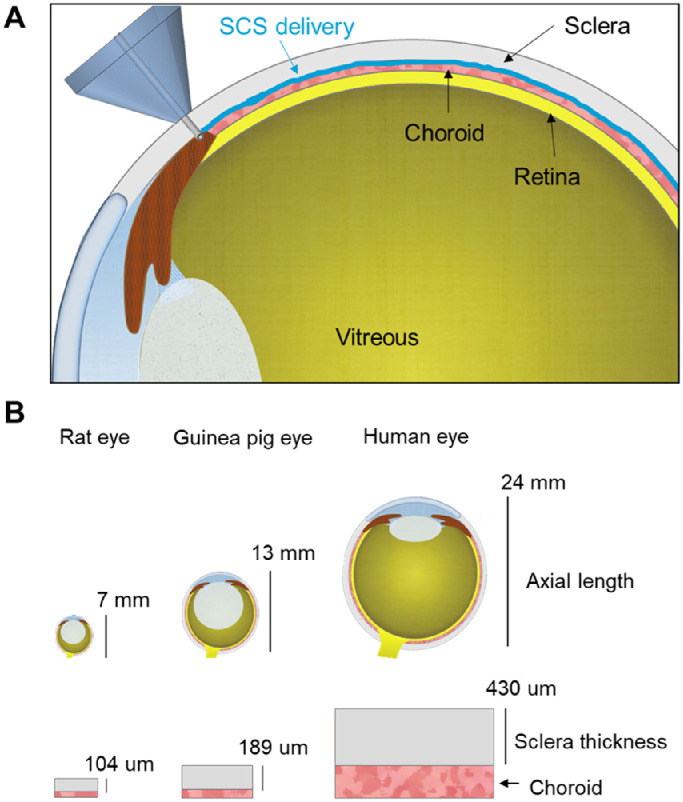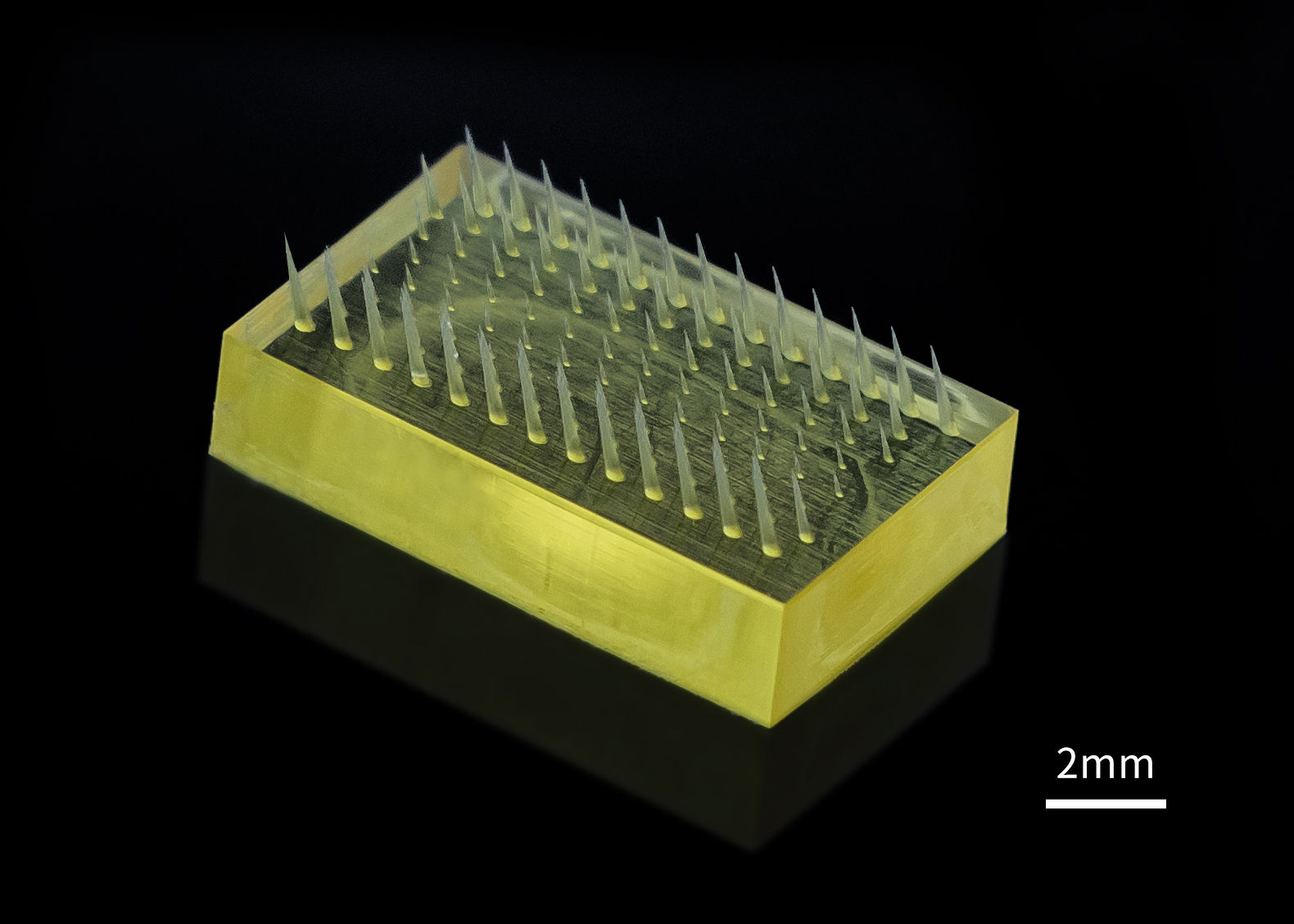In the heart of Atlanta, at the Georgia Institute of Technology (Georgia Tech), a revolution is brewing, small in size but vast in potential. Georgia Tech’s Institute of Electronics and Nanotechnology (IEN) has expanded its arsenal of high-tech equipment with the acquisition of a high-resolution, micro-3D printer from Boston Micro Fabrication (BMF). Since its installation in 2021, this technology has been pivotal in powering a wave of pioneering research and innovation.
This piece of equipment, a microArch S140, no larger than a typical office printer, is a giant in the world of microfabrication. Residing at the institute’s Micro/Nano Fabrication Facility (MNF), the microArch S140 is open to researchers both within Georgia Tech’s community and beyond it. The facility welcomes thinkers and creators from all over, uniting them in a quest for discovery and progress.
A Glimpse into Tomorrow
Among the cutting-edge research at Georgia Tech, scientists are leveraging the precision of the BMF micro-3D printer to develop micro-scale needles. These needles are designed for minimal invasive drug delivery, targeting the retina with pinpoint accuracy. Their approach could revolutionize the treatment of retinal diseases, offering a beam of hope to millions suffering from vision impairment.

An illustration of ocular injection by microneedle from this publication. Image courtesy of Georgia Tech.
But the ambitions of the institute do not stop at the eye. The university’s Sensors for Living Systems Lab is set to harness this micro-3D printing technology to develop sensors that can seamlessly integrate with living tissues. These microscopic marvels could monitor bodily functions in real time, providing unprecedented insights into the human body and opening new frontiers in personalized medicine.
Precision Printing for a Precise Mission
In an interview, John Kawola, the CEO of BMF, shared insights into this collaboration: “Georgia Tech stands at the forefront of microfabrication research. By integrating our micro-3D printing technology, we’re enabling researchers to push boundaries, creating tools and devices on a scale that was once deemed impossible.”
Bridging the gap between theoretical innovation and practical application has always been the backbone of technological advancement. BMF’s creation story reflects this concept. The company was created from a combination of academics and collaborations. With roots in the academic visions of U.S. professors and the industrial capabilities of partners in China, BMF was established in Shenzhen in 2017.
The founders identified an underserved market in the 3D printing industry, the micro market—needed to manufacture extremely precise, small-scale items. Nanotechnologies could create incredible sub-micron details but could not scale for broader, practical applications. Leveraging a technique known as projection micro stereolithography (PµSL), BMF’s solution aimed to bridge this gap, enabling the creation of tiny yet complex parts more efficiently. Initially, the technology caught the attention of numerous Chinese universities, setting the stage for BMF’s global launch in 2020. BMF’s early initiatives paved the way for collaborations like the one with Georgia Tech. They are now ready to move into new territory in the realm of tiny, intricate devices.
Kawola sees a lot of potential in micro-3D printing in medicine: “We’re looking at a future where interventions are so targeted and so minimally invasive that they fundamentally change our experience of medical treatment.” He sees a world where complex surgeries are replaced with out-patient procedures, reducing risks and improving recovery times.
From Small Beginnings to Medical Milestones
Yet, Kawola’s perspective on the power of microfabrication extends beyond Georgia Tech’s immediate projects. “The micro-3D printing technology by BMF is not just about what we’re doing today; it’s about setting a stage for innovations we haven’t even imagined yet. Precision at the micro-scale opens the door to customized implants, tissue engineering, and drug delivery systems that conform to the patient’s unique biology. And it’s this potential for future breakthroughs that fuel the growing interest in BMF’s capabilities.”
As BMF’s reputation for precise micro-3D printing gains momentum, it’s becoming clear how vital their technology is in advancing research and medical applications. This is what Kawola refers to as the “networking effect.” The main reason BMF has become so well known within this micro academic niche is thanks to word-of-mouth. For that reason, leading scientists at institutions like Carnegie Mellon, Emory University, North Carolina State, and the University of Pennsylvania also rely on these micro printers’ potential for their work.
When asked about the broader implications of BMF’s technology in medicine, Kawola offered a compelling vision: “Imagine a world where every medical device is tailored not just to a condition, but to an individual. That’s the future we’re building towards.” It’s a future that seems within reach, thanks to the micro-level precision that these 3D printers enable.
Demystifying the Complex
Printing something complex, like a tiny needle that can work with individual cells, might seem difficult, but it’s just like regular 3D printing, only on a smaller scale. Micro-3D printers like the one from BMF operate much like traditional 3D printers. Still, they use finer materials and more precise movements to create objects that are often invisible to the naked eye.
Meanwhile, the university’s Sensors for Living Systems Lab is exploring the frontiers of medical diagnostics. They are developing an implantable pressure sensor to monitor intracranial pressure for hydrocephalus patients continuously. This sensitive device relies on crafting microfluidic channels with extreme accuracy. So, researchers used the microArch S140 to create precise molds for these channels. The printer can make a plate of between six and eight of these in probably half a day, says Kawola. In addition, the same high-resolution printer enables the creation of microneedles for broader drug delivery applications. It produces arrays of needles faster and with complex geometries that traditional 3D printers cannot replicate.
Georgia Tech’s collaboration with BMF is a powerful example of teamwork and high-tech progress. It’s not just about getting new equipment; it’s about creating an environment where students and researchers can think big and make discoveries. The arrival of the micro-3D printer at Georgia Tech marks a big step forward, showing that even the tiniest tools can solve big problems. Looking ahead, micro 3D printing could help make complex tasks simpler.
Subscribe to Our Email Newsletter
Stay up-to-date on all the latest news from the 3D printing industry and receive information and offers from third party vendors.
You May Also Like
Further Understanding of 3D Printing Design at ADDITIV Design World
ADDITIV is back once again! This time, the virtual platform for additive manufacturing will be holding the first-ever edition of ADDITIV Design World on May 23rd from 9:00 AM –...
3D Printer Maker EVO-tech Reborn as NEVO3D — Once More With Feeling
EVO-tech was a 3D printing service and original equipment manufacturer established in 2013 and based in Schörfling am Attersee, Austria. The company produced high-quality material extrusion systems featuring linear bearings,...
3D Systems Brings 3D Printed PEEK Cranial Implant to the U.S. with FDA Clearance
For more than 10 years, 3D Systems (NYSE:DDD) has worked hand-in-hand with surgeons to plan over 150,000 patient-specific cases, and develop more than two million instruments and implants from its...
CDFAM Returns to Berlin for Second Annual Symposium
The second CDFAM Computational Design Symposium is scheduled for May 7-8, 2024, in Berlin, and will convene leading experts in computational design across all scales. Building upon the first event...


































